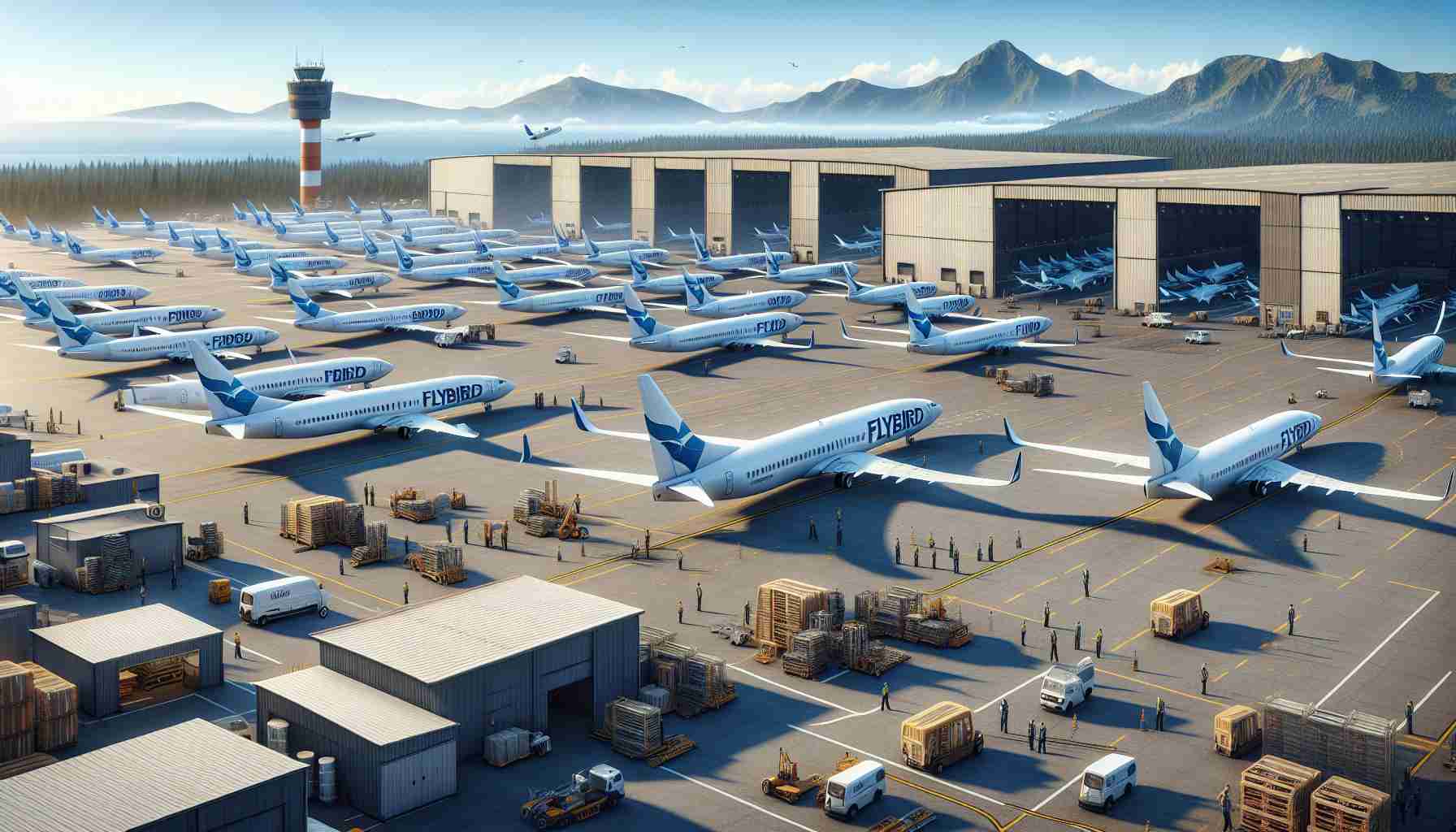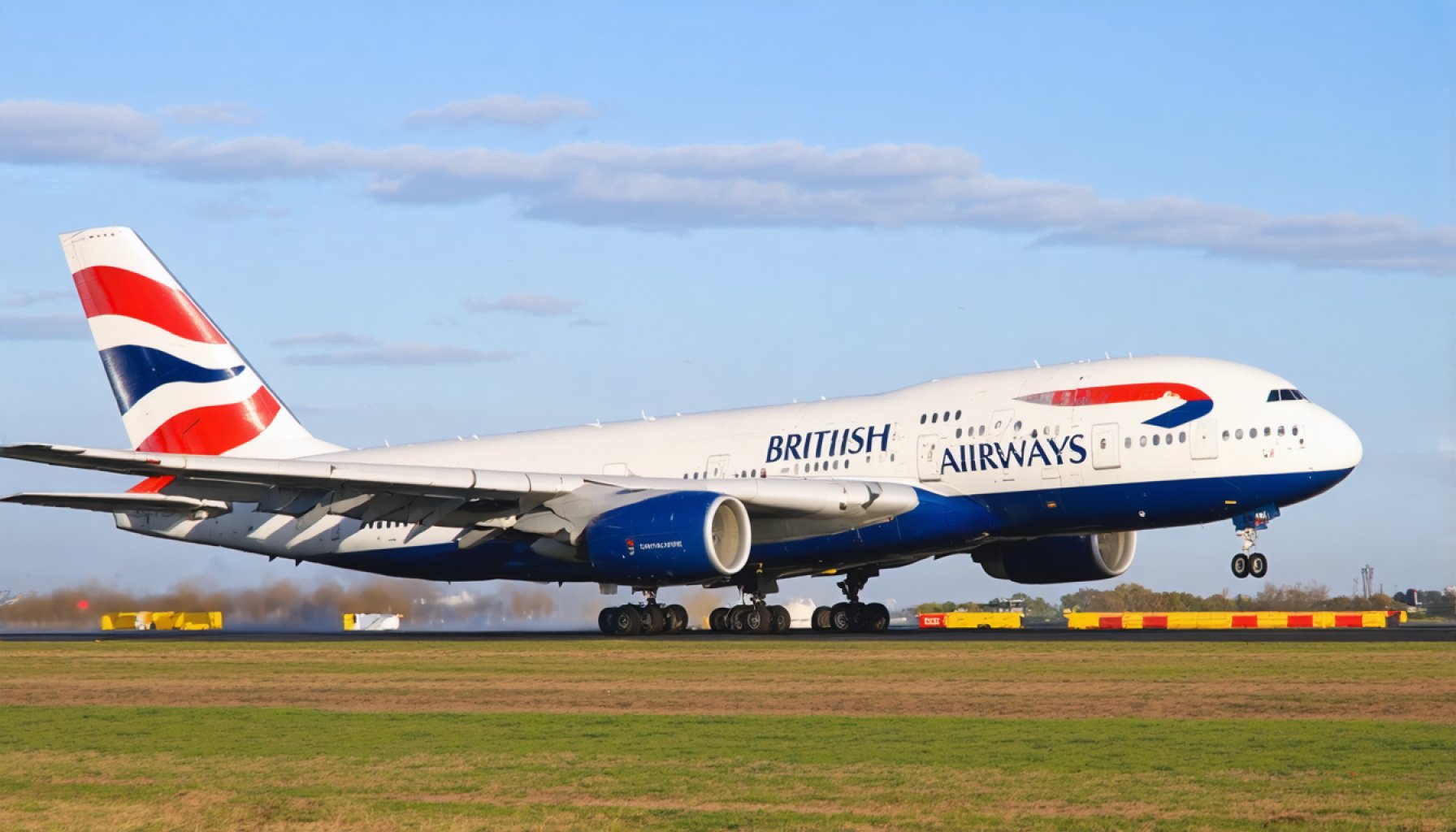- A midair collision between a commercial jet and a military helicopter occurred near Washington, D.C., on January 29.
- Criticism arose surrounding President Trump’s recent aviation policy changes, including key personnel dismissals at the TSA and Coast Guard.
- Aviation experts assert that these policy changes would not have influenced air traffic operations in such a short timeframe.
- Investigators confirmed that existing air traffic control protocols in the D.C. area were still in effect despite staffing irregularities.
- The incident highlights the dangers of speculative conclusions before all facts are known about aviation safety.
- Ongoing investigation is essential to uncover the real causes of the collision.
In a devastating incident on January 29, a commercial jet collided midair with a military Black Hawk helicopter near Washington, D.C., igniting a flurry of speculation on social media regarding President Trump’s recent aviation policies. Critics quickly pointed to Trump’s sweeping changes made just days before the tragedy, including the abrupt dismissal of key figures from the Transportation Security Administration (TSA) and the Coast Guard, as potential contributors to the crash.
Despite the uproar online, aviation experts were quick to temper these claims. They noted that Trump’s executive actions came less than ten days before the incident and would not have had time to impact air traffic operations. Veteran pilot and safety consultant, John Cox, emphasized that the facts surrounding the crash were still unfolding, and premature speculation could lead to misleading conclusions.
Investigators have indicated that established protocols for air traffic control in the D.C. area had remained intact. Furthermore, staffing irregularities at the air traffic control tower were already a known issue, stemming from years of budget constraints and employee turnover.
Trump’s measures included a temporary hiring freeze and a push for a return to merit-based hiring practices. However, experts believe these changes would not directly explain the crash’s dynamics. As the investigation continues, the key takeaway is clear: jumping to conclusions without the full facts can cloud our understanding of complex aviation safety issues. Patience and thorough investigation remain crucial as the true causes of this tragic event come to light.
Shocking Midair Collision: What You Need to Know About the Washington Incident
Overview of the Incident
On January 29, a tragic midair collision occurred between a commercial jet and a military Black Hawk helicopter near Washington, D.C. This incident has raised numerous questions concerning aviation safety and regulatory impacts, particularly in relation to recent changes in aviation policies spearheaded by former President Trump.
Key Insights and Trends
1. Regulatory Changes: Trump’s recent aviation policy changes included the dismissal of key TSA and Coast Guard personnel. These sweeping measures were scrutinized following the crash, although experts argue they were unlikely to be a direct cause.
2. Investigative Findings: Early reports indicate that established air traffic control protocols remained unchanged at the time of the accident. Investigators are looking into long-standing staffing issues at air traffic control towers, rather than recent policy changes.
3. Safety Protocols: The Federal Aviation Administration (FAA) has reinforced that rigorous safety measures are in place, suggesting that human error and communication breakdowns may be contributing factors that need further analysis.
Relevant Questions Addressed
1. What are the potential causes of the midair collision?
– Investigators are focusing on various factors, including potential human error, adherence to established flight protocols, and existing staff shortages in air traffic control, rather than recent policy changes.
2. How do Trump’s aviation policies affect air safety?
– While Trump’s policies included a hiring freeze and merit-based practices, experts believe these changes wouldn’t have had a significant impact immediately before the crash given the timeline and existing safety protocols in place.
3. What steps are being taken to improve aviation safety?
– The FAA and NTSB (National Transportation Safety Board) are conducting thorough investigations, and recommendations for enhancing the existing air traffic control system and operational protocols may emerge as part of future reforms.
Market Analysis and Predictions
– Aviation Safety Forecasts: The aviation sector may witness increased calls for stricter safety regulations and hiring practices in air traffic control following this incident. Proposals for upgrades to technology and communication tools for air traffic management could also gain traction.
– Public Trust and Policy Implications: Following this incident, there may be heightened scrutiny of aviation policies and their impacts on safety, which could influence future legislation aimed at restoring public trust in air transportation systems.
Conclusion
The midair collision near Washington, D.C. has opened a complex discussion on aviation safety, regulatory effectiveness, and human factors in air traffic control. As investigations unfold, it’s critical to separate speculation from verified facts to understand the true implications for aviation regulations and public safety.
For further information on aviation safety and policies, visit the FAA at faa.gov.



